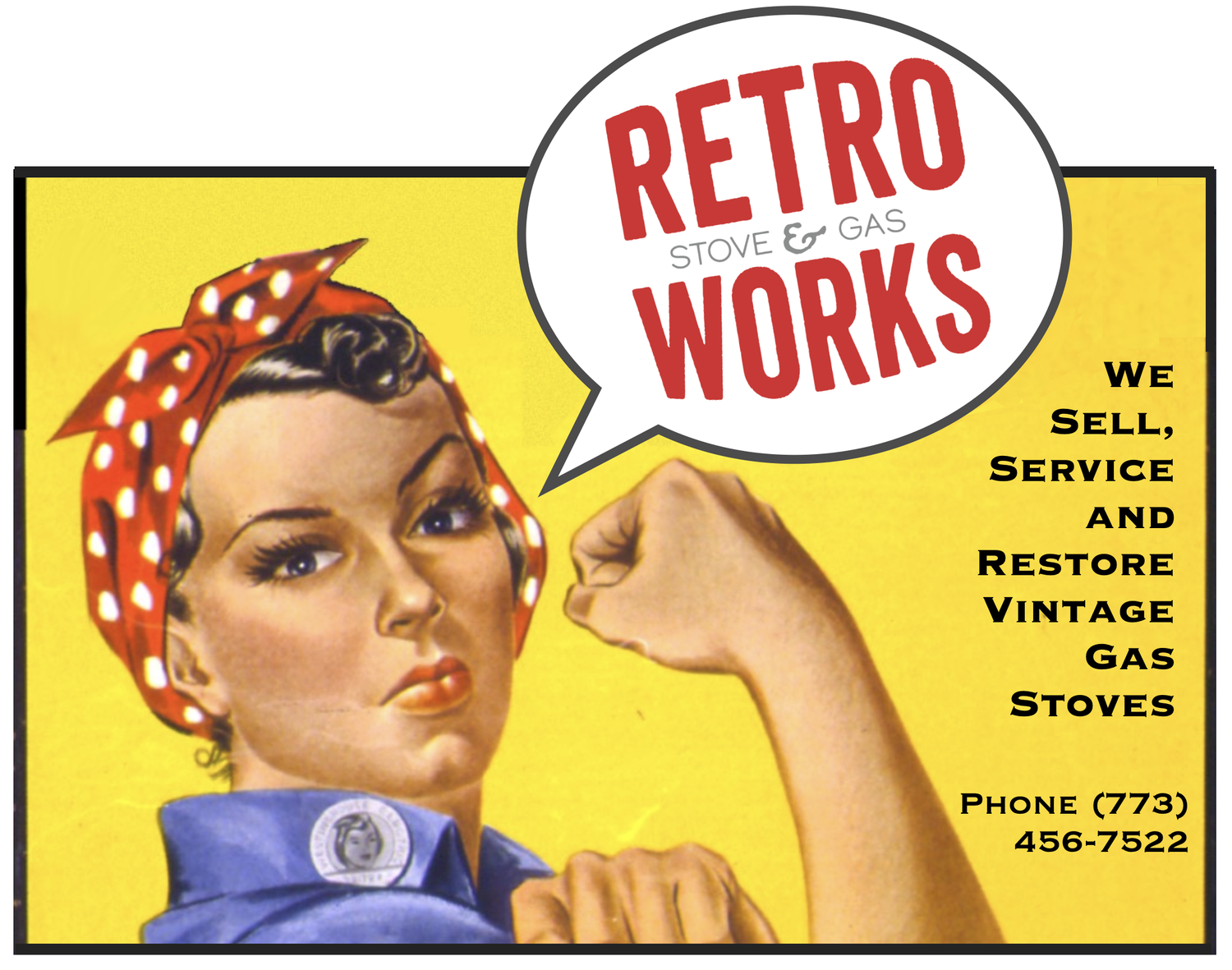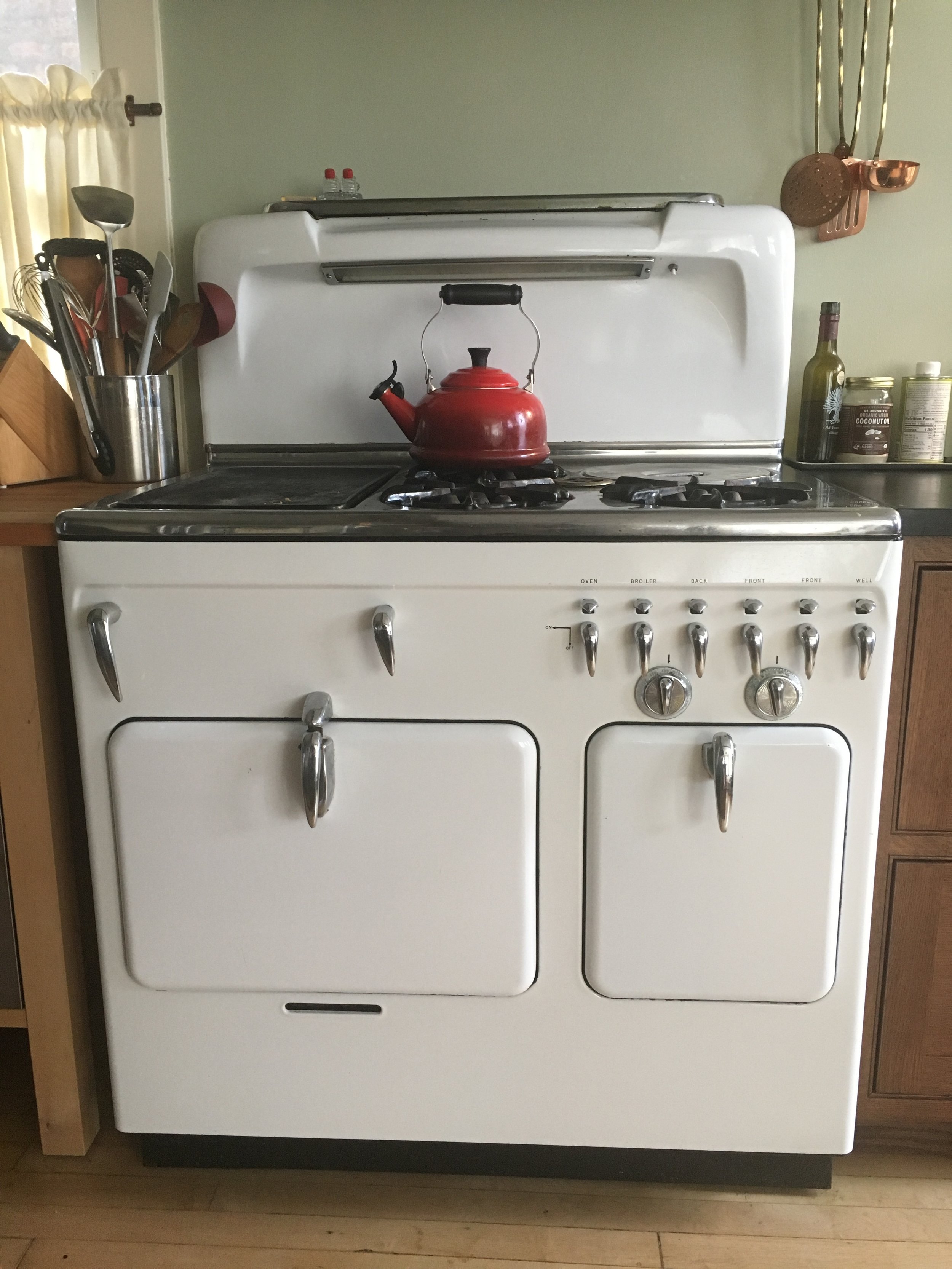Four months ago I removed our timer to fix it and, well, you know the old saw about a cobbler and his kid’s shoes: we’ve been without the thing ever since. Its absence has been conspicuous, and very enlightening about the role it plays not only for cooking on the stove, but for our family dynamic. The effect has been so noticeable that my perspective about the timer and the stove has totally flipped. Now I tell people that a Chambers is a fantastic timer, which just happens to have a great stove attached. Here's what that new perspective is about.
Free-floating Lux timers, or kitchen timers (some people call them egg timers) aren't anything new or rare: they are absolutely ubiquitous, have been around forever, and as far as I know Lux still makes most of them. But just where is yours at the moment? Mine? Well, I do have one somewhere around here. Uh, let's see, where’d I put it last? Hmmm, not on the countertop, where it's supposed to be. Maybe the "miracle" drawer. Nope, at least not in the top layer. Maybe behind the toaster. Nah. Well, my son used it for his science homework... Oh, right, he's not home. No way I'm gonna go in his room: a water buffalo would be hard to find in there by sight or smell. Let's see... did I leave it in the basement workshop?
You get the point: rather than the convenience they are meant to provide, those free-floating little buggers are so easy to misplace that they become a stress generating nuisance!
Now, that same timer, attached to a Chambers… It makes all the difference in the world, an incredibly ingenious convenience. But to those who don’t own a Chambers, that timer dial is sorta like George Smiley, of Tinker, Tailor, Soldier, Spy: so common looking, so mundane, so invisible. But so very, very affective.
I had no idea about that ten years ago when my wife and I first installed our Chambers. As we lived with it, we of course loved it, but until the timer's recent absence we really didn't fathom the specific elements of our appreciation. But boy, we sure did use that timer a lot: thirty minutes for piano practice, son. Having a tantrum about it? 20 minutes time out, mister! Okay, gotta rustle up some grub: Rice will be done in the ThermoWell when the timer dings in ten minutes. Just the right amount of time for pre-heating the broiler. Pop in the chops and for another 8 minutes and it'll be time for dinner. Please set the table! 30 minutes until the Bull's game starts.
Now, having lived four months with the goll-blasted free floating egg timer, we realize how perfectly simple, predictable, reliable, and reachable the Chambers timer is, and what a quantum leap in usefulness over a free-floating timer these qualities provide. Absolutely no amount of psychic stress precedes or accompanies its use. It can be located and set blindfolded. It's there... We set it... We don't even think about it. At home, the rhythm of our lives depends on it.
That's not all. Another infinitesimally perceptible quality about the timer, as fantastically mundane as it is profound, is this simple fact:
It requires only one hand to operate.
Not impressed? Let me put that another way... Let me "quantify" that: it requires 50 percent fewer hands to operate than a free-floating timer.
Laughing, are you? Well, before you guffaw too much, let me set the scene:
It's Saturday, 5:15 pm. Meatloaf’s for dinner so my hands are full of raw eggy, raw meaty, soggy bread-crumby meatloaf schmutz. I suddenly remember that I MUST call my car mechanic before they close in 15 minutes to make sure that they have put my wife's car outside the shop for her to pick up tonight, so she’ll have it for work for Monday morning. But first I gotta get this mess o’ meat into a pan and in the oven. Here are my choices:
Scenario A: Chambers stove timer: Grab a paper towel with my right hand, set the Chambers timer for 10 minutes, live to see another day.
Elapsed time: 10 seconds. Stress level: 1 on a scale of ten.
Scenario B (free-floating timer): Scan the kitchen countertops. Well, scan the chaos on our kitchen countertops. Scooch the piles of school papers, bills, magazines, toys, glasses, gloves, cat toys, photographs, etc. around with my elbows. No good. Rummage with either hand for the timer through the Miracle drawer, spreading gobs of weapons-grade salmonella throughout. Spy the timer. Pick it up with one hand, set dial with the other, schmearing it thoroughly with death slime.
Elapsed time: 5 minutes plus. Stress level: 6 on a scale of ten.
Scenario C (free-floating timer): scrape meatloaf mix off both hands, wash thoroughly, search for and hopefully find the timer, then forget what the heck it was I wanted it for in the first place. Until we are at the table an hour later and my wife sits and ruins a perfectly cooked meatloaf dinner by asking if she can pick up her car at the mechanic’s.
Elapsed time: eternity. Stress level: Off scale.
You can now appreciate the beauty of a Chambers timer: knowing absolutely where the timer is, and the unfettered ability to set it by one hand.
We’re still not done. Did I mention acoustics? Give me a classic mechanical egg timer any day over a digital version. I like their sound, enjoy their action, and value the fact that they do not require or consume batteries. However, stand in a kitchen and listen to a free floater, then a Chambers timer. The difference is significant. Some may say that it is more a matter of esthetics rather than practicality. Well, sure, but, between a toy violin and a Stradavarius, what would you prefer? Doesn’t the phrase “Quality of Life” apply here?
I would also argue that the sound of a Chambers timer does offer practical advantages. It is, after all, attached to a 475 pound, 2’ deep by 3’ wide by 4’ tall hollow metal sound box. The reverberations from that timer have lots of surface areas and interior spaces to resonate within and project from. Its sound is way louder and more far reaching than any dinky, plastic, free floating timer.
There you have it. The real perspective on why owning a Chambers timer with attached stove is the timely thing to do. I better take a few minutes to get that thing fixed and back in place.











